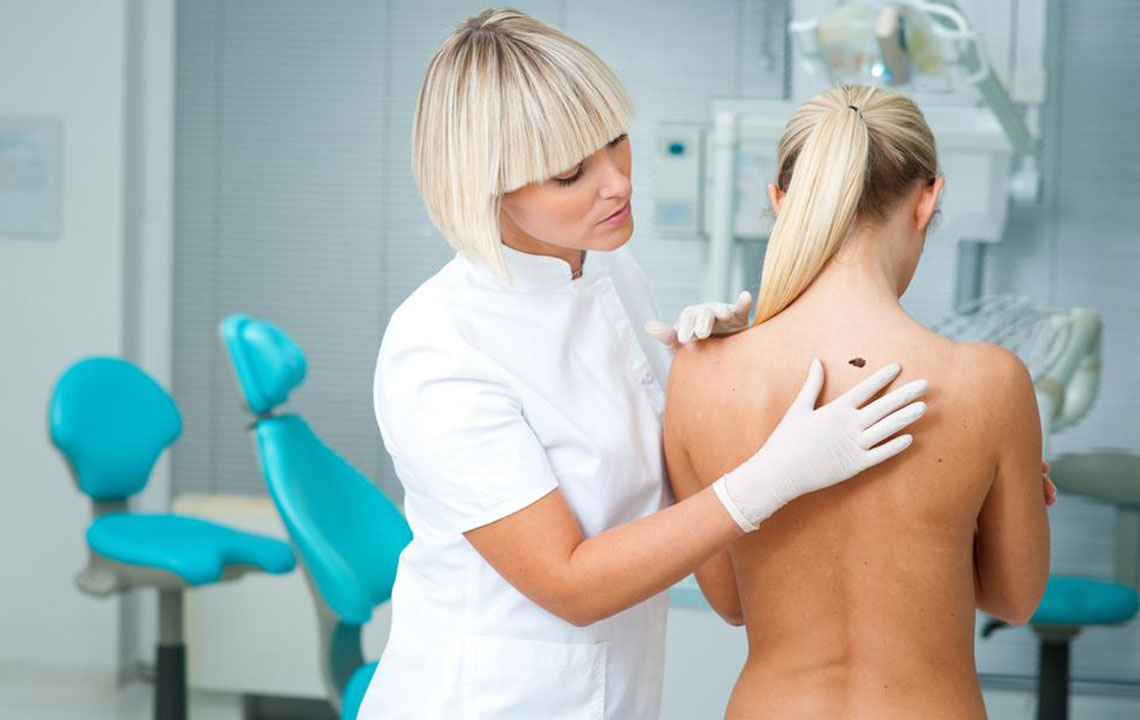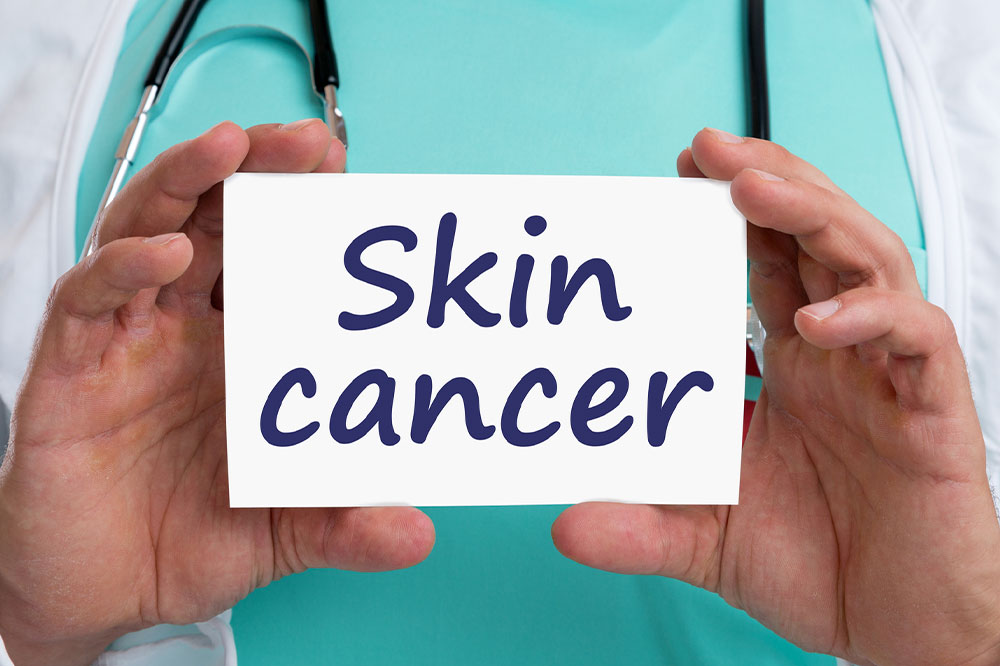Comprehensive Guide: Top 5 Effective Strategies to Reduce Melanoma Risk
Protecting your skin from melanoma involves a combination of sun safety practices, protective clothing, awareness of skin type, and regular skin checks. This detailed guide emphasizes the importance of sunscreen, limiting sun exposure during peak hours, wearing UV-protective eyewear, understanding personal risk factors, and routine skin monitoring. Implementing these strategies can significantly lower your risk of melanoma, a serious and potentially deadly skin cancer, ensuring better long-term skin health and early detection if abnormalities occur.

Melanoma is one of the most aggressive types of skin cancer, originating from melanocytes, the pigment-producing cells in our skin. Over recent decades, the incidence of melanoma has been steadily rising worldwide, posing serious health risks to millions of people. Recognizing the importance of proactive skin health and preventive measures can significantly lower your risk of developing this dangerous form of cancer. This comprehensive guide delves into the most effective strategies to protect your skin, understand your risk factors, and promote early detection. By adopting these safety tips, you can enjoy outdoor activities while minimizing your vulnerability to melanoma.
1. Consistent Use of Protective Clothing and High-SPF Sunscreen
One of the most vital steps in melanoma prevention is safeguarding your skin from harmful ultraviolet (UV) rays. UV radiation from the sun can penetrate deep into the skin, causing DNA damage that may lead to the development of melanoma. To effectively shield your skin:
Apply a broad-spectrum sunscreen with an SPF (Sun Protection Factor) of at least 30 on all exposed skin whenever you are outdoors. Broad-spectrum sunscreens protect against both UVA and UVB rays, which are both harmful.
Reapply sunscreen every two to three hours, especially if you're sweating, swimming, or towel drying. No matter how high the SPF, sunscreen’s effectiveness diminishes over time.
Don’t forget to protect less obvious areas such as the ears, the back of your neck, and your feet.
Use a lip balm with SPF 15 or higher to safeguard your lips, which are particularly vulnerable to UV damage.
Complement sunscreen use with protective clothing, such as long-sleeved shirts, wide-brimmed hats, and lightweight, tightly woven fabrics that block UV rays.
2. Limit Your Sun Exposure During Peak Hours
Timing is crucial when it comes to sun safety. The sun’s rays are most intense between 10 a.m. and 4 p.m., making this a critical window to minimize direct UV exposure. During these hours:
Seek shade whenever possible, especially if you plan to be outdoors for an extended period.
Wear UV-protective accessories such as umbrellas or wide-brimmed hats to create a physical barrier against harmful rays.
Plan outdoor activities earlier in the morning or later in the afternoon to avoid the peak sunlight hours.
Avoid tanning beds entirely, as their UV emissions significantly increase your risk of melanoma and other skin cancers.
3. Wear Appropriate UV-Protective Eyewear
Ultraviolet rays can also harm your eyes and are linked with the development of uveal melanoma, a rare but serious eye cancer. To protect your eyes:
Always wear sunglasses with 100% UVA and UVB protection. This is especially important during outdoor sports, skiing, or boating activities where UV exposure is higher.
Opt for wraparound styles that provide additional coverage around the sides of your eyes.
Children should also wear UV-protective sunglasses since early UV exposure increases lifetime risk.
4. Be Aware of Your Skin Type and Vulnerability
Knowing your skin type helps in adopting the right protective measures. Skin types range from very fair and sensitive to darker skin tones. While lighter skin is more susceptible to UV damage, melanoma can affect all skin colors:
Fair skin, red or blonde hair, and freckles are more vulnerable, so these individuals should be especially diligent in sun protection.
Even people with darker skin should regularly check their skin for unusual spots or changes, as they are not immune to melanoma.
Understanding your skin’s sensitivity allows you to take appropriate precautions, such as increasing reapplication frequency of sunscreen or using additional protective clothing.
5. Regular Skin Monitoring and Professional Check-Ups
Early detection of melanoma significantly increases successful treatment outcomes. It’s imperative to monitor your skin regularly:
Perform self-examinations once a month, looking for new moles or spots or changes in existing ones.
Keep an eye on the ABCDEs of melanoma: Asymmetry, Border irregularity, Color variation, Diameter larger than 6mm, and Evolving shape or color.
If you notice any suspicious skin changes, schedule an appointment with a dermatologist promptly. Professional skin checks should be part of your annual health routine.
Consider using digital skin monitoring apps or tools that can help track changes over time.
Conclusion
While the risk of melanoma can be concerning, adopting these preventive measures greatly reduces your vulnerability. Consistent application of sunscreen, limiting UV exposure during peak hours, protective eyewear, awareness of your skin type, and regular skin examinations form a comprehensive defense against melanoma. Empower yourself with knowledge and proactive habits to safeguard your skin health for years to come. Remember, early detection is key—so stay vigilant and consult health professionals regularly, especially if you observe any irregularities.





